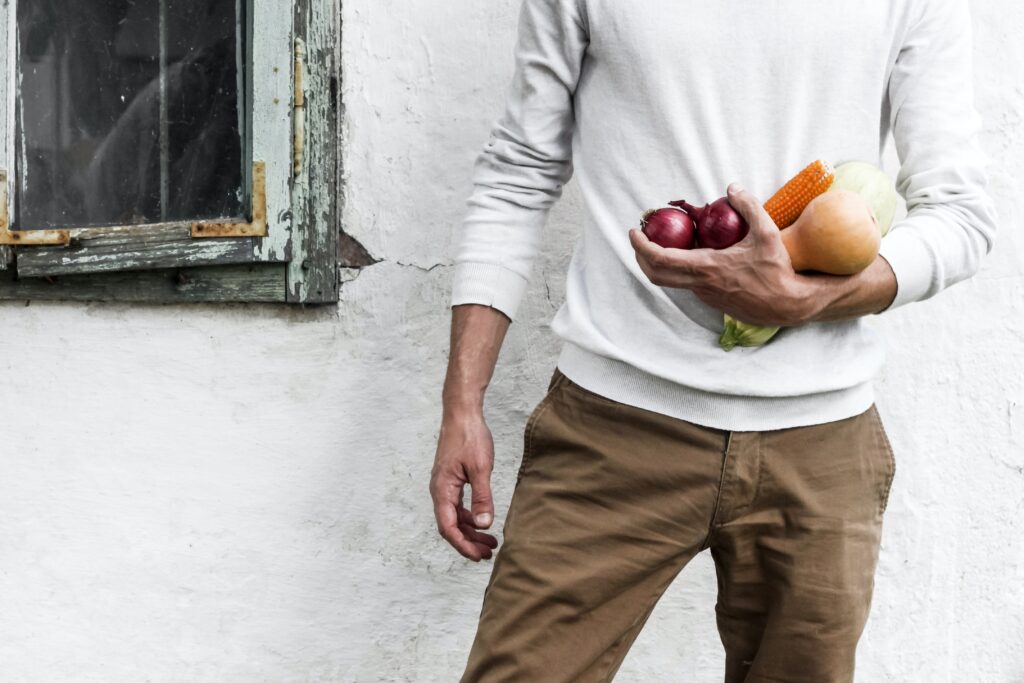Ayurveda for the Fall Season

As the wheel of the year turns once again, we too must begin to integrate and change along with the season. The summer season is hot, fast, and loud. The sun is blazing and the Earth is alive with life. However, starting on September 22nd, the wheel of the year has stationed into the Fall season, and for the next three months we will continue our slow descent into the dark winter.
For many of us, seasonal changes (especially transition seasons like Spring and Fall) can put us off our game and cause us to feel tired, disconnected, and feeling down. The good news is that yoga is always there for us, literally getting to the mat can really help, but we can also turn to Ayurveda to help find balance and relief.
Ayurveda is yoga’s sister health science that is a very large part of healthcare across all of India. The main tenant of Ayurveda is that we are all composed of the same elements (earth, air, water, and fire), but we all have different compositions of those elements. We all have the same amount of Earth, however the other elements will have a clear dominance that puts people into one of three categories called doshas.
Those who are predominantly fire are called Pitta, dominance of air is Vatta, and a lot of water (or also mucus) is known as Kapha. If you are curious about what your dominant dosha is, follow this link and take the quiz. You can learn a lot about how to eat for your dosha as well as how to survive each season best. In Ayurveda, treatments change according to what your specific dosha composition is.
The fall season is known as the Vatta season, or season of a lot of Air. It makes sense though, the winds begin to blow as a way to spread the seeds of this years crop as well as to bring in to cooler air that clues the all of nature to begin the process of settling into the Earth for hibernation. Lots of movement as well as change, and this can make us feel anxious, dry, distracted, bloated and overstimulated.
The Ayurvedic mantra for the Fall is “GROUND DOWN INTO ROUTINE”. These are two things that will help us the most for this transition. In order to do that, here are some things to try to integrate into your routine. As always, this advice is never a substitute for professional help from your doctor and other healthcare providers.
First, try to create a routine by identifying your non-negotiables and finding where to schedule them. Non-negotiables are things that you know help you do and feel your best, and things that absolutely have to be in your life. For me, these are things like my yoga practice, nature, healthy meals, a clean house, and lot of hydration. Creating a strong routine will help to ground us into this chaotic season of change through routine.
Second, overhaul your diet from fresh, light, and cooling food for summer to warm, unctuous (oily), and spicy foods. Now through late October is considered early fall, Ayurveda recommends lots of apples and pears to he;p remove the excess Pitta )fire) from summer. Other early fall foods that help bring balance are eggplant, okra, corn, and figs. These drying foods also help to reduce chances of severe colds or seasonal distress.
For late fall, the Vatta (air) qualities are at their highest, and for that reason it is advised to include foods and fluids that promote warmth, moisture, and grounding, This foods that are sweet, heavy, oily, spiced, or salty. Banana, avocado, apples, pears, pumpkin, tomatoes, oranges and grapefruits are wonderful. In addition, vegetables should be steamed or sauted in order to bring in more warmth and heat as well as to ease digestive distress from breaking down raw foods; this pries the digestion for the even more dense winter foods. Also include plenty of whole grains, ghee, oil, and butter.
Ayurveda also begins to bring in more warming herbs like cinnamon, clove, nutmeg, ginger, and cardamom. These herbs will insure that your digestion is up and running strong while balancing the fall season around you. For an idea of how to incorporate these Vatta practices into your daily routine, check out this sample menu created by the Chopra Center.
Remember that as the wave rises, it also must fall, but it’s those who don’t follow the flow that suffer. Settle in and shift. This too shall pass.





